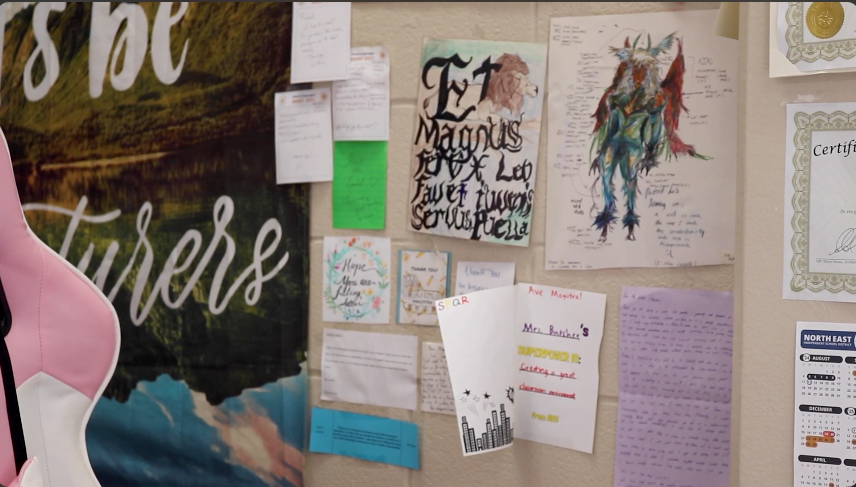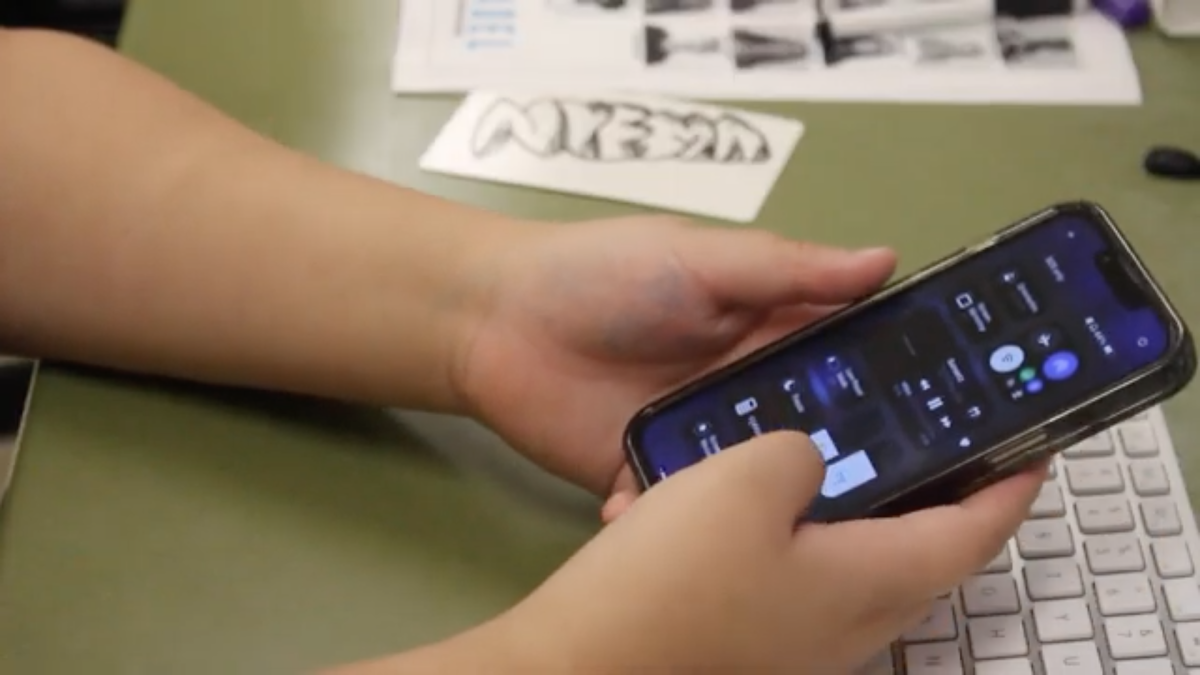by Aleeha Shah | news editor
For students who have part time jobs, it can be hard to juggle the stress of getting in their hours as well as keeping up with all of their school work. The Co-Op program is designed to help those students manage their homework and also be able to make money. This course, offered to juniors and seniors, allows students to leave campus early for work while providing them with the credits they need.
“Career prep is a three credit course. You come to my class for one period and then you work fifteen hours a week and you get three credits, instead of the normal one. It teaches you everything about having a job and having a career in the future,” CATE teacher Carrie Turner-Gray said. “We go over résumés, we talk about skills that you need, communication, conflict resolution, safety in the workplace, how you dress for an interview, diversity. We talk about everything that you could find in your career.”
This class is beneficial to students because it allows them to gain job experience, while also providing them with the elective credits they need. The early release also allows them to get their homework done and get their work hours in.
“It [is] a good program. Not only do you get to get early release, it is [also giving you] three credits. It is a good opportunity to get off early, [you] have time to go to work and still get homework done,” junior Thaddeus Conerly said. “It helps you experience new things in life that will help you later when you get your actual career and job started.”
In addition to allowing students get their schoolwork done while also getting hours in, this class also teaches students how to present themselves and informs them of the basic things that all employees should know.
“I know in the class period [students] learn all sorts of information that is helpful to them for being an employee, such as their rights as an employee [and] the rights of the employer. They learn how to be a good employee, how to file taxes and their tax forms, stuff like that,” counselor Julie Metcalf said.
This course is the only course that allows juniors to get early release which is another positive aspect of the class. It is, however, still beneficial to seniors because it allows them to have early release and still gain the elective credits they may be missing.
“My counselor told me I needed elective credits to graduate, so I started looking at elective options and [this class] gave me all the ones I needed, and I got early release, so that was good about it,” senior Erica Ruiz said. “If you are going to do early release anyway, you might as well get credits for it.”
Turner-Gray visits students at their jobs once every nine weeks and requires them to provide proof of the hours they claim to have worked that week.
“I go visit [students] once every nine weeks and they have to turn in time cards showing me what [times] they worked and I match them to their paycheck stubs to verify that they worked the amount of hours that they say they worked,” Turner-Gray said.
Although many of the benefits of the course will remain, the class is going through some changes that will come into effect next school year.
“The changes are that it will only be worth two credits and you will only have to work ten hours each week. So, you come to my class for a period and then you work ten hours out in the community and you get two credits,” Turney-Gray said.
Even though this course aids students with getting credits and fitting in their homework and work hours, it does not qualify under any endorsements. This means that students must fulfill all of their endorsement requirements prior to signing up for this program or complete them while in it.
“Now that there are endorsements, it is not really [under] an endorsement program. We’re working to get it to where [it may]. Let’s say your endorsement is child development, then you could be in my class and it could be your end course, so it can count as the credits for that if you work at like a child care center or for a doctor or something where you’re actually working in that field, then it could be considered your capstone course,” Turner-Gray said. “But right now it doesn’t fall under any endorsement, so you would have to finish your endorsement first and then have career prep on top of it.”
To qualify for this course students must be juniors or seniors and be at least sixteen years old. They do not have to go through some complicated process in order to get in, all they have to do is put it on their IGP plan and have a job.
“Put it in their IGP plan, it is offered for juniors and seniors. They will have to get a job within the first two weeks of school. Their job has to give them at least fifteen hours per week minimum. They have to be enrolled in the Career Prep class, which takes up one period in their school day. There is a Career Prep I for juniors and a Career Prep II if they are taking it for a second year,” counselor Patricia Snider said.
Because of the commodities provided by this class, it is not advertised much since there are a limited amount of people that can be enrolled in the course. Although it is too late for students to put it on their IGP plan, they can see their counselors and talk to them about switching into it. Students who wish to do this, however, should do it soon, as it might be too full later.
“It’s not really a popular course and I don’t really advertise it much because we have a limited amount of students we can take. We only have three periods right now that I could take kids into,” Turner-Grey said. “We had ninety six students at the beginning of this year and that is the most at any school in NEISD, so next year we will probably cap it at about sixty just because that is the amount that I can handle in my schedule.”








